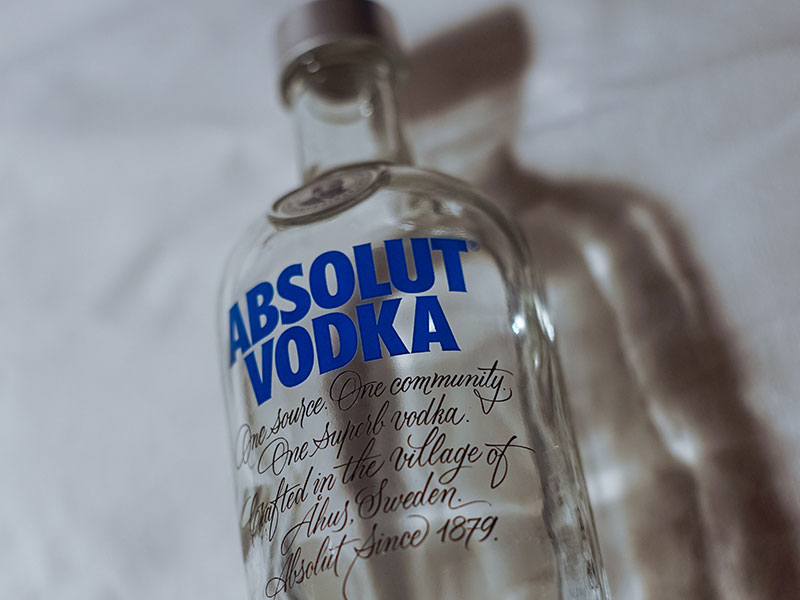Alcohol Delivery Toronto A transparent, colorless distilled liquor with no discernible scent or flavor, having an alcohol concentration of 40 to 55 percent. It may be prepared from a mash of the cheapest and most easily accessible raw materials appropriate for fermentation since it is relatively neutral, with flavoring compounds mostly removed during processing. In Russia and Poland, cereal grains were historically utilized; subsequently, potatoes were widely used in other vodka-producing nations.
Although its name is a diminutive of vodka (“water”), the liquor’s origins are unknown. It is thought to have originated in Poland or Russia in the 8th or 9th century. However, it existed in Russia throughout the 14th century, regardless of when or where it originated. Until just after World War II, the beverage was primarily consumed in Russia, Poland, and the Balkan republics, before quickly increasing in popularity in the United States and subsequently Europe.
Most manufacturers buy already distilled and purified neutral spirits with a very high alcohol level and essentially no flavoring ingredients. These spirits are refined further using a filtering process, commonly including charcoal, and then diluted with distilled water before being bottled without aging.
It is mainly sipped unmixed and chilled in tiny glasses, with appetizers, in Russia, where a relatively low alcohol concentration of 40% by volume (80 US proof) is widespread, and in Poland, where 45 percent is more frequent. Because of its neutral flavor, it is popular in mixed cocktails in various nations. It may be mixed with other drinks without imparting a taste of its own, and it can be replaced for other spirits in cocktails that don’t need the original spirit’s distinctive flavor. The screwdriver, prepared with orange juice, and the Bloody Mary, made with tomato juice, are two popular beverages.
In Russian, the word vodka means “small water.” Without question, it is one of the most well-known and widely consumed distilled alcoholic drinks on the planet. Moreover, because of its versatility, it has garnered a lot of popularity in the cocktail industry.
This liquor is a colorless substance treated with charcoal and other ingredients both during and after distillation. This is done to achieve its distinguishing feature, a near-complete lack of taste. As a result, all it takes is one taste of vodka to recognize this distinctive spirit. In Europe, vodka must have a minimum alcohol concentration of 37,5%. In the United States, it must have a minimum alcohol content of 40%; however, the proportion might vary depending on the kind of vodka.
Most vodkas are made by fermenting grains and other starchy plants, such as potatoes, rye, and wheat. Water and ethanol are the key ingredients, however. Before spreading to the rest of the globe, this beverage became popular in Europe. It is most often drank in Poland, Russia, and Belarus, where the inhabitants like to drink it straight.
White or neutral vodka is the most popular and back-to-basics vodka. Flavored vodkas, on the other hand, were introduced. The flavored vodkas were developed to replace neutral vodka, which has a strong flavor and alcoholic fragrance. The idea wasn’t only to enhance the flavor; they were also therapeutic. Colorful vodkas may be found in various colors, including black, blue, and red, among others.
